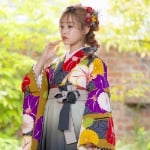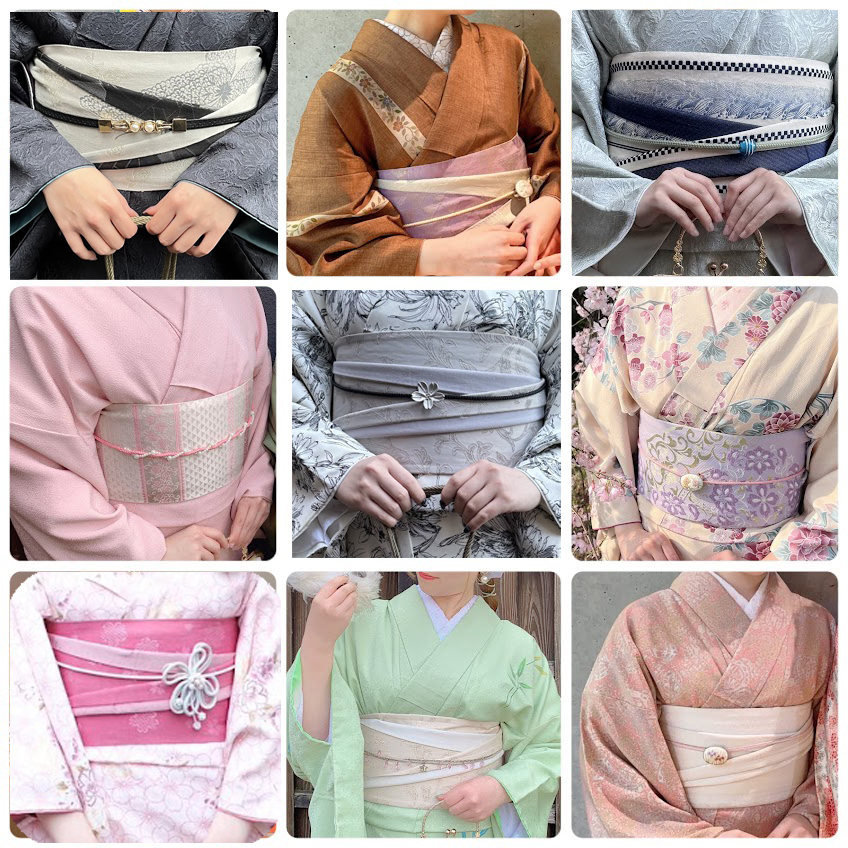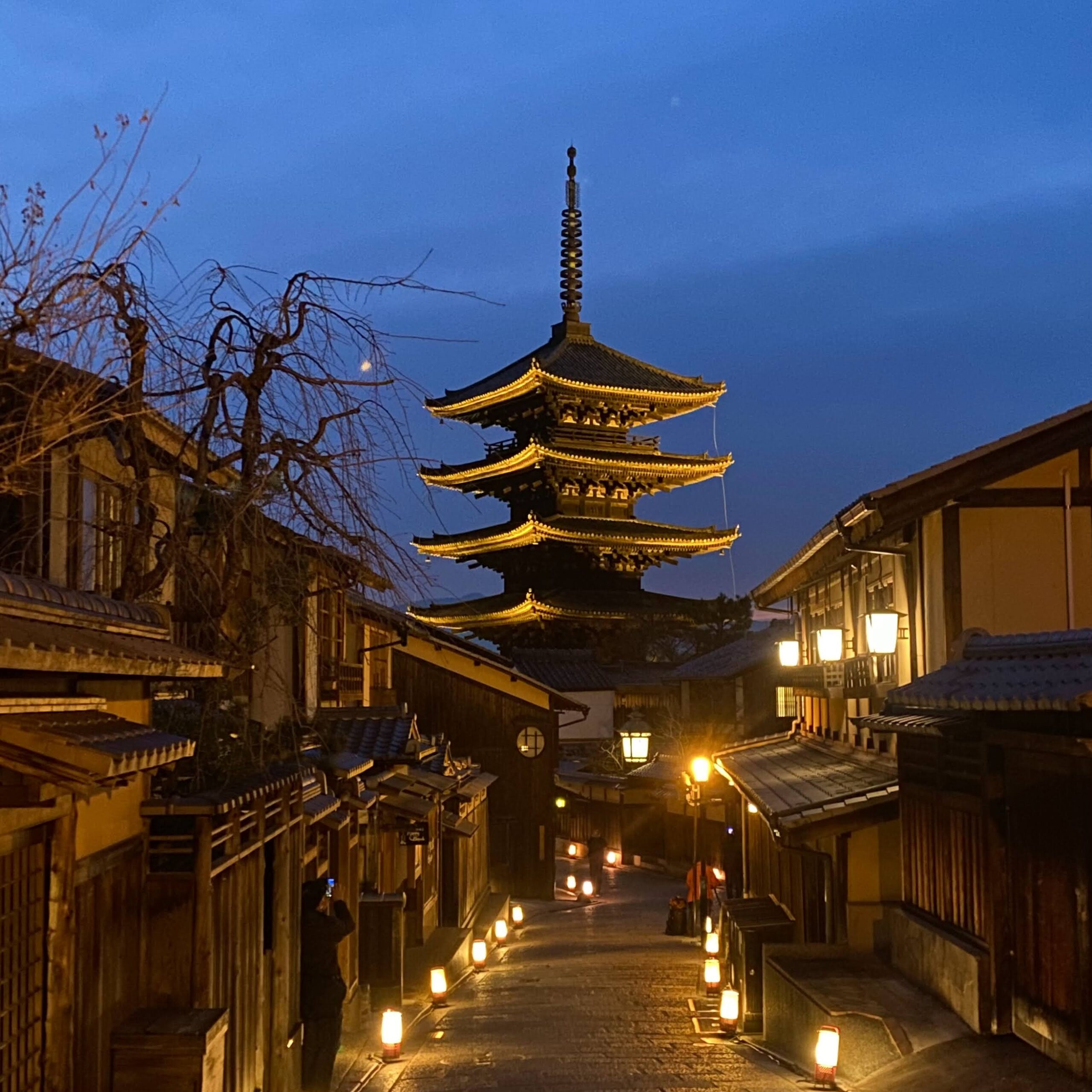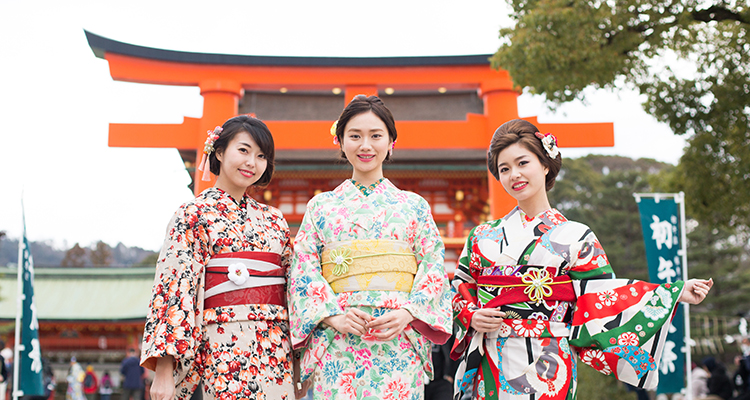
special fearure・column

Photogenic Spots Around Kiyomizu-dera Temple
Kiyomizu-dera is one of the most popular tourist areas in Kyoto. With its traditional streets that reflect the charm of old Kyoto, it’s a perfect spot for strolling in a kimono.
Today, we’ll guide you through the Kiyomizu-dera area—from Sannenzaka and Ninenzaka to Maruyama Park—from a leisurely walking perspective!
★Kiyomizu-dera Temple
Let’s start with the most iconic destination—Kiyomizu-dera. The temple opens as early as 6 a.m., making it ideal for those short on time. As you climb the slope, you’ll spot the vibrant vermilion three-storied pagoda from afar. Standing 31 meters tall, it’s featured on the temple’s admission ticket. Did you know that the ticket design changes with the seasons—spring, summer, autumn, and winter? Taking photos with the pagoda and the seasonal ticket is quite a picturesque idea!
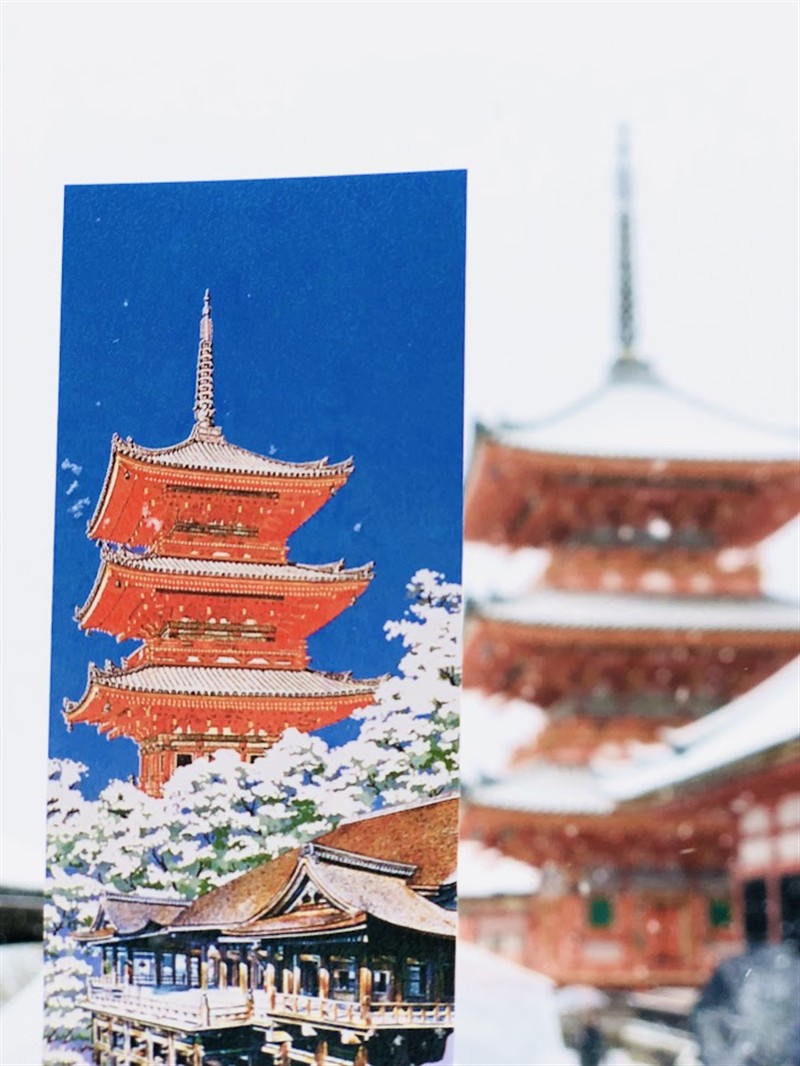
When arriving at Kiyomizu-dera from Kiyomizu-michi, the massive vermilion Niomon Gate greets you. Depending on the season, the temple grounds showcase different sceneries: plum and cherry blossoms in spring, fresh greenery in summer, and a sea of colorful autumn leaves resembling clouds in fall.
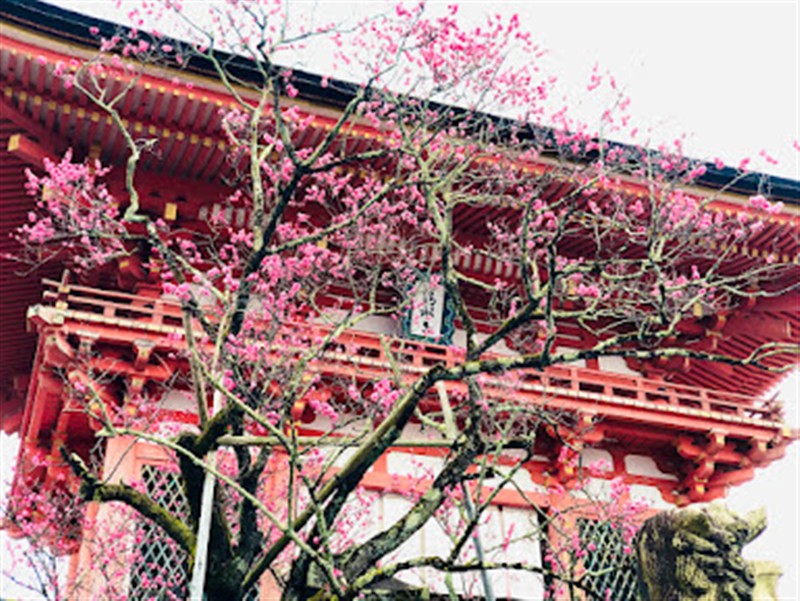

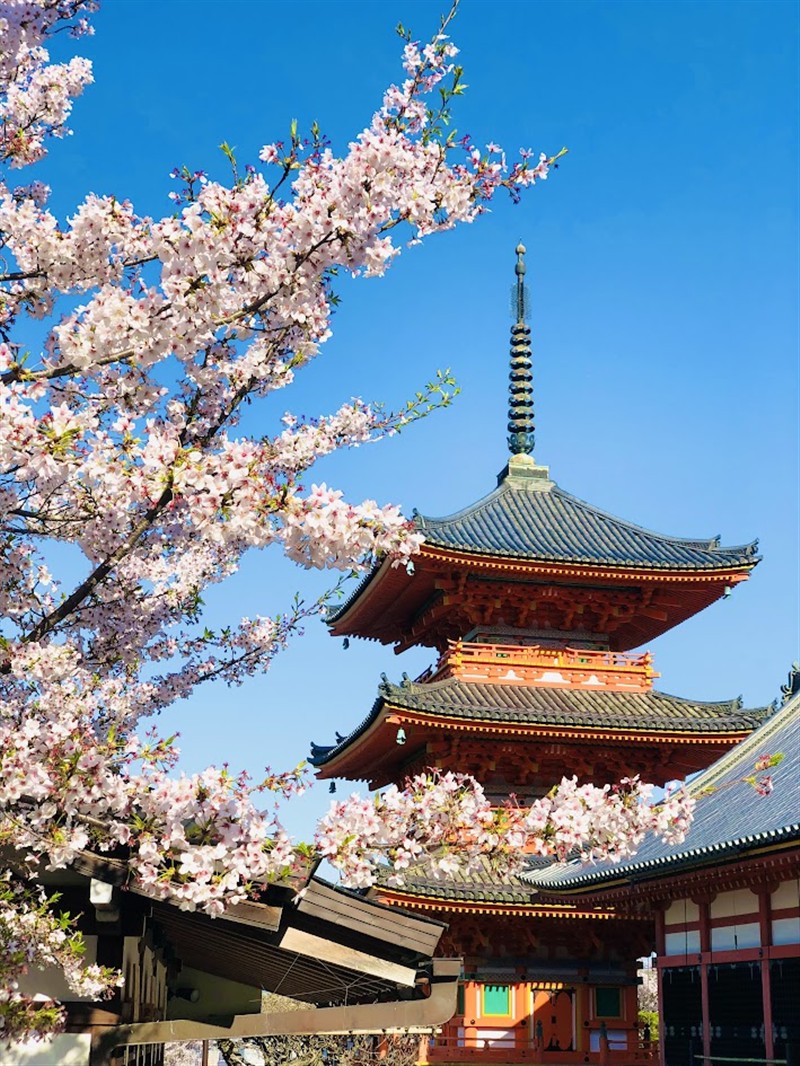

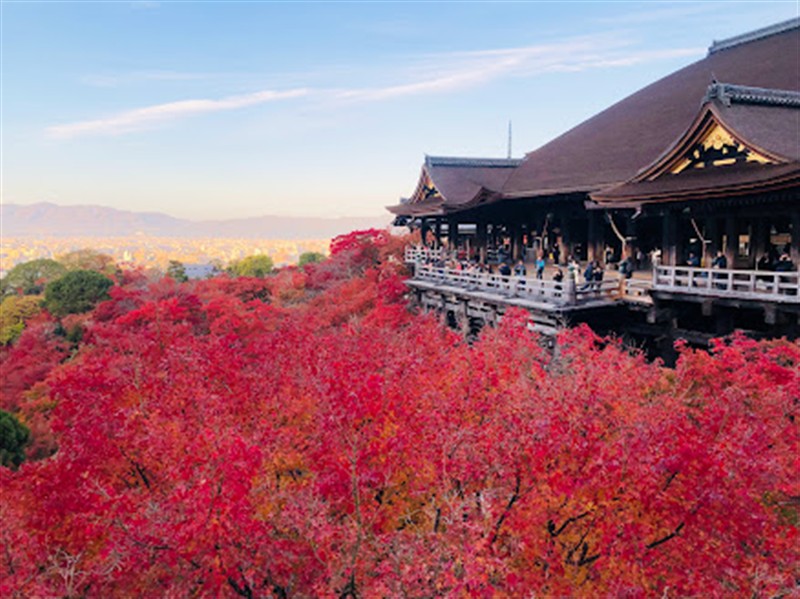
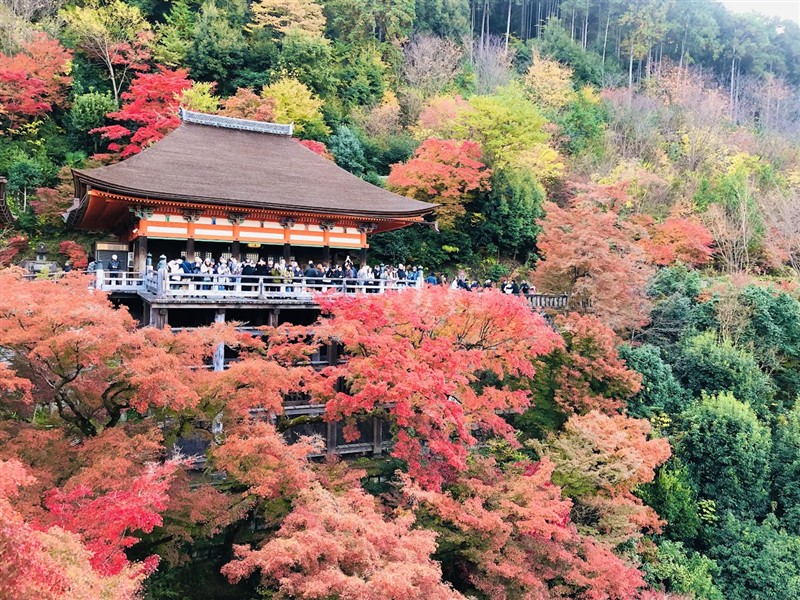
One of the most highly recommended sights is Kiyomizu-dera covered in snow. Even Kyoto locals only witness this once or twice a year. The contrast of the vivid red buildings against the white snow creates a magical atmosphere. If you're lucky enough to visit on such a day, consider it a rare blessing!
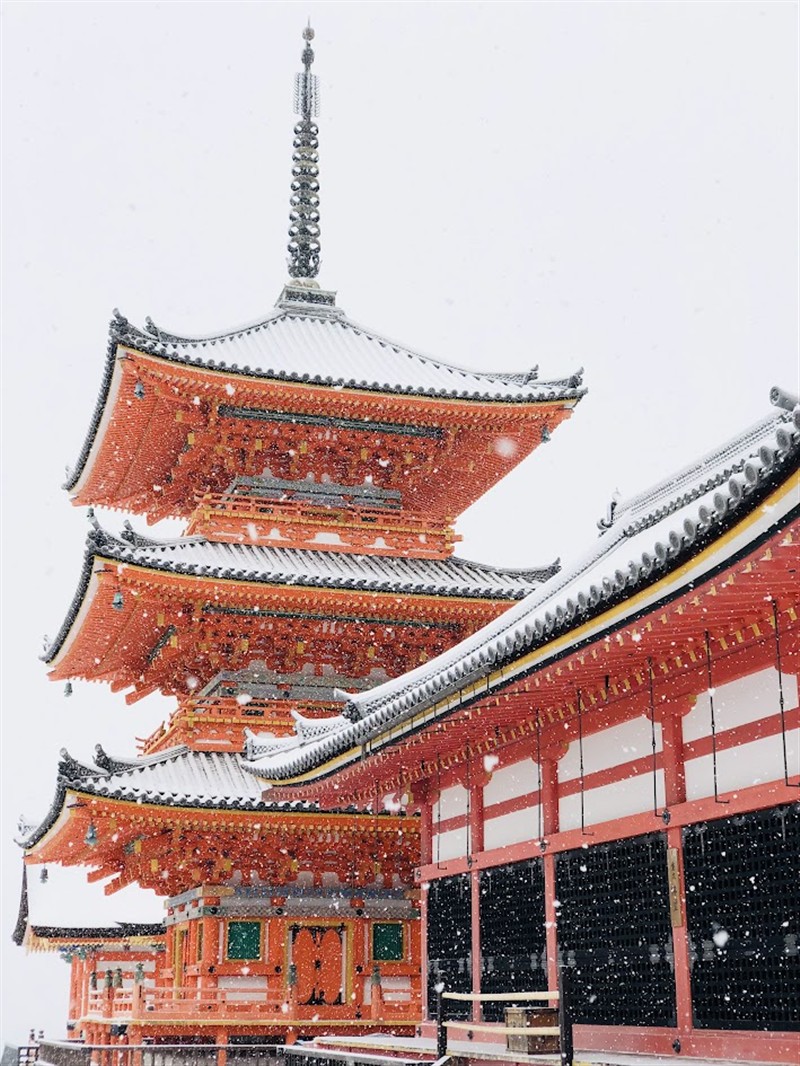
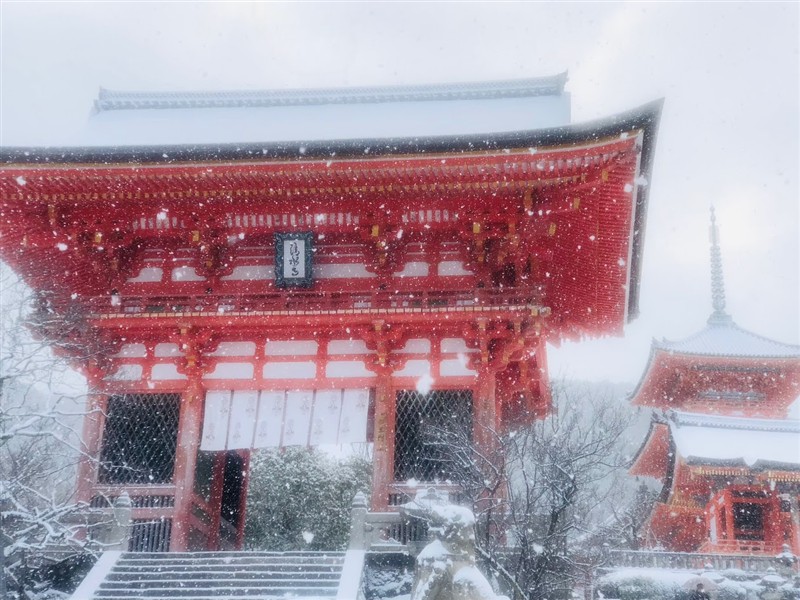
As you move further in, you’ll reach the Main Hall, famously known as the “Stage of Kiyomizu.” The Japanese expression “to jump off the stage of Kiyomizu” actually originated from a practice in which people would jump off as a form of wish fulfillment. Peeking down from the stage gives you a thrill. To take a great photo with the stage, head further back to the Okunoin Hall. The stage is supported by a unique architectural style called kakezukuri, which uses no nails—definitely worth a close look!
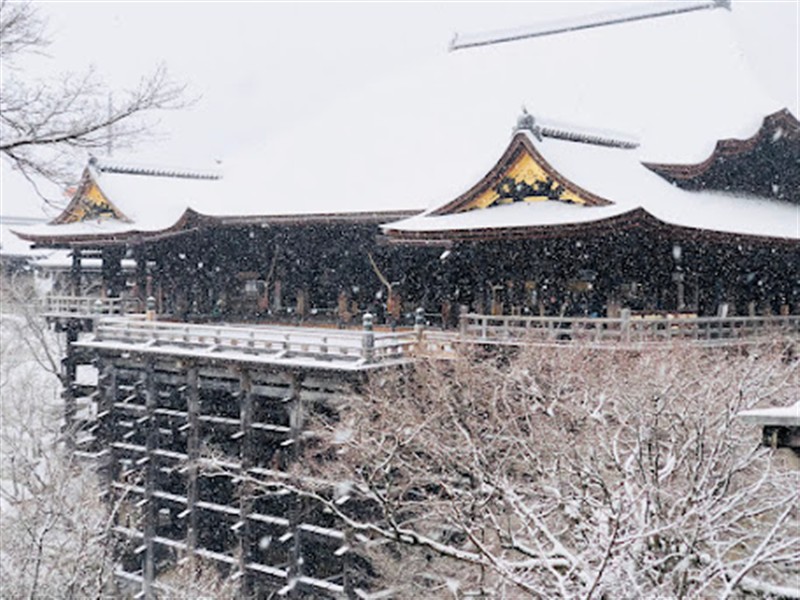
Kiyomizu-dera is full of other scenic spots too. As you descend from Okunoin Hall, you’ll find Otowa Waterfall. The three streams flowing from the shrine each bring a different blessing. By catching and drinking water from just one stream using a ladle, your wish is said to come true (drinking from more than one is said to be greedy, and may cancel your wish!). From right to left, the benefits are: “health,” “beauty,” and “success.”
Interestingly, the origin of Kiyomizu-dera traces back to a monk who had a divine dream telling him to “go north in search of pure water,” which led him to this very waterfall. The temple was later officially founded in 778 AD by Sakanoue no Tamuramaro, who was inspired by the monk’s teachings.
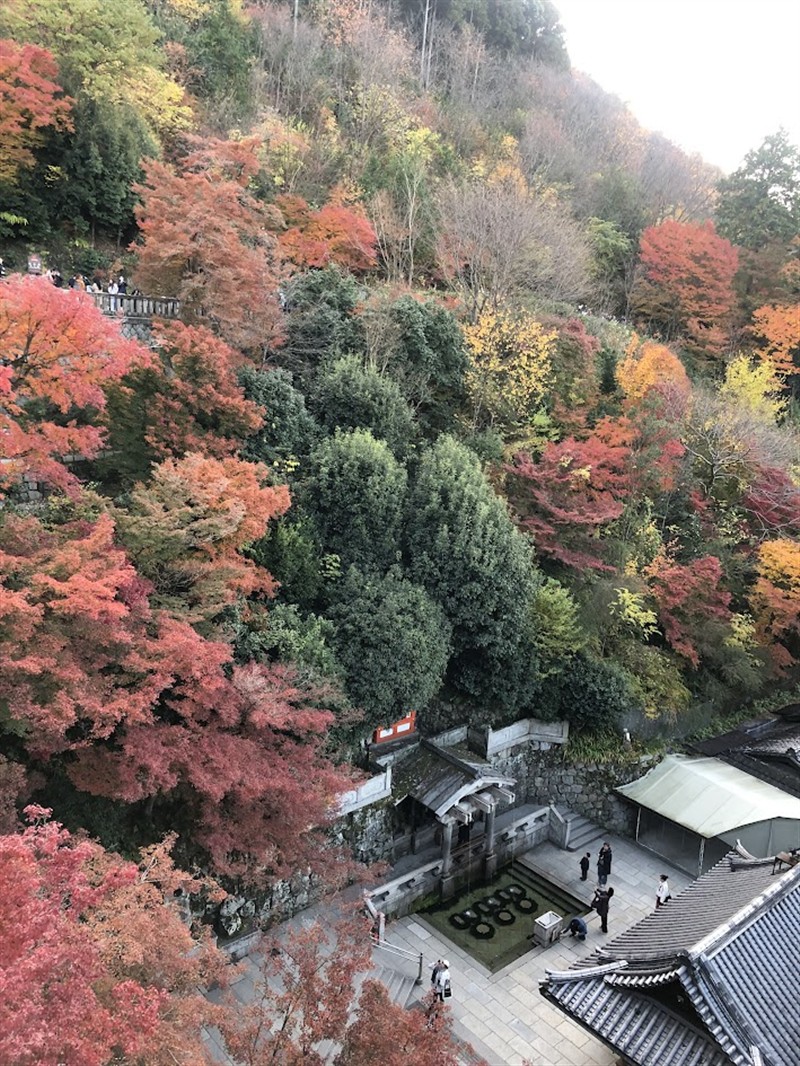
Kiyomizu-dera also hosts the Seiryu-e (Blue Dragon Festival) three times a year. An 18-meter-long dragon, said to be an incarnation of Kannon (the deity of compassion), parades through the temple and the surrounding streets. Don’t miss this unique spectacle!
Seiryu-e Festival: Held annually on March 15, April 3, and October 15
Time: Around 2:00 p.m. for about an hour
Route: Okunoin → Otowa Waterfall → West Gate → Monzen Town → Niomon Gate → Main Hall
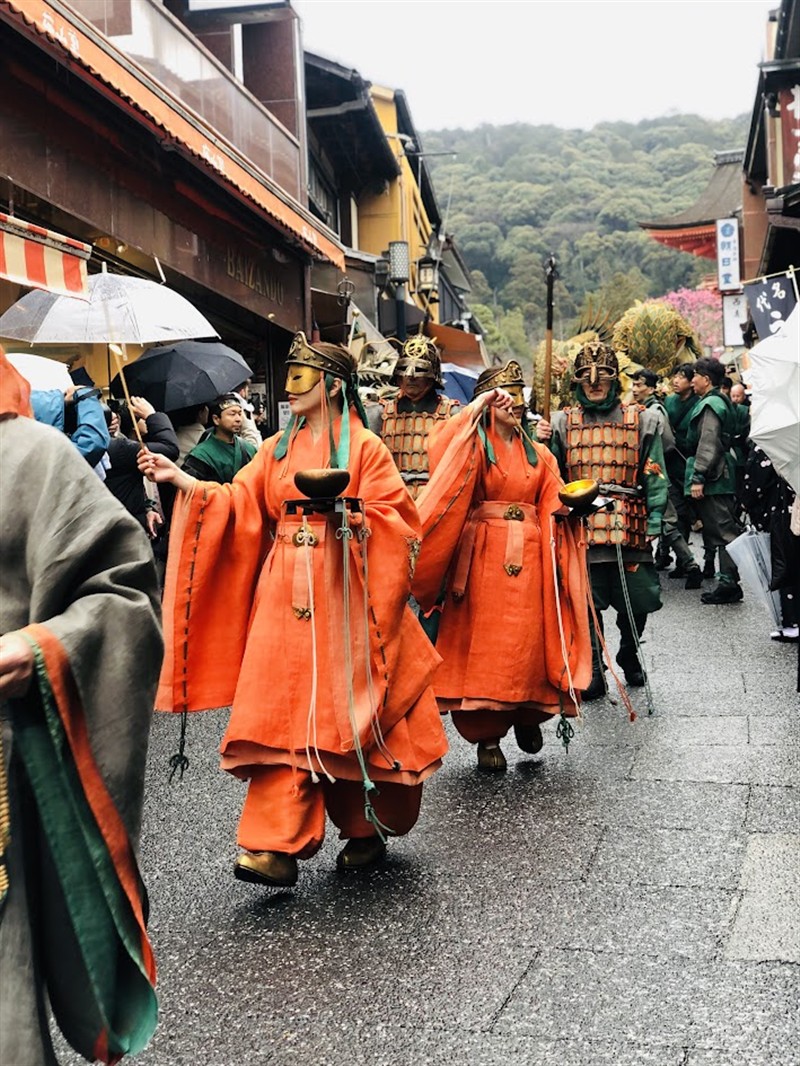
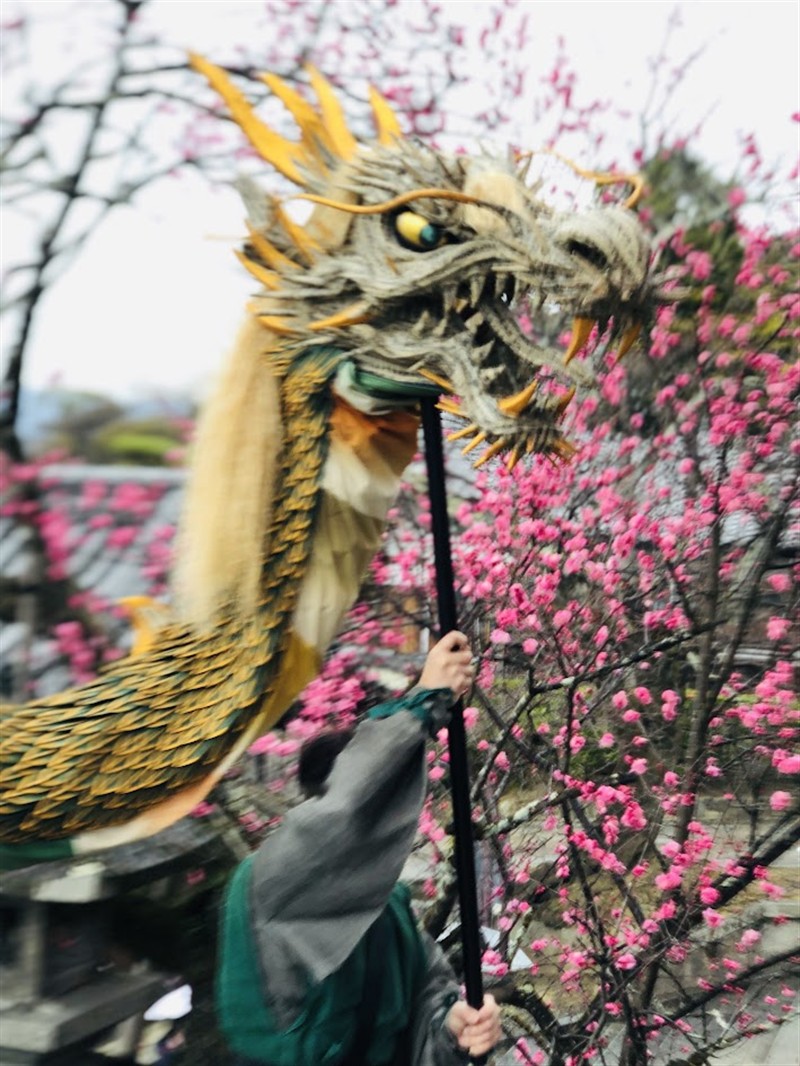
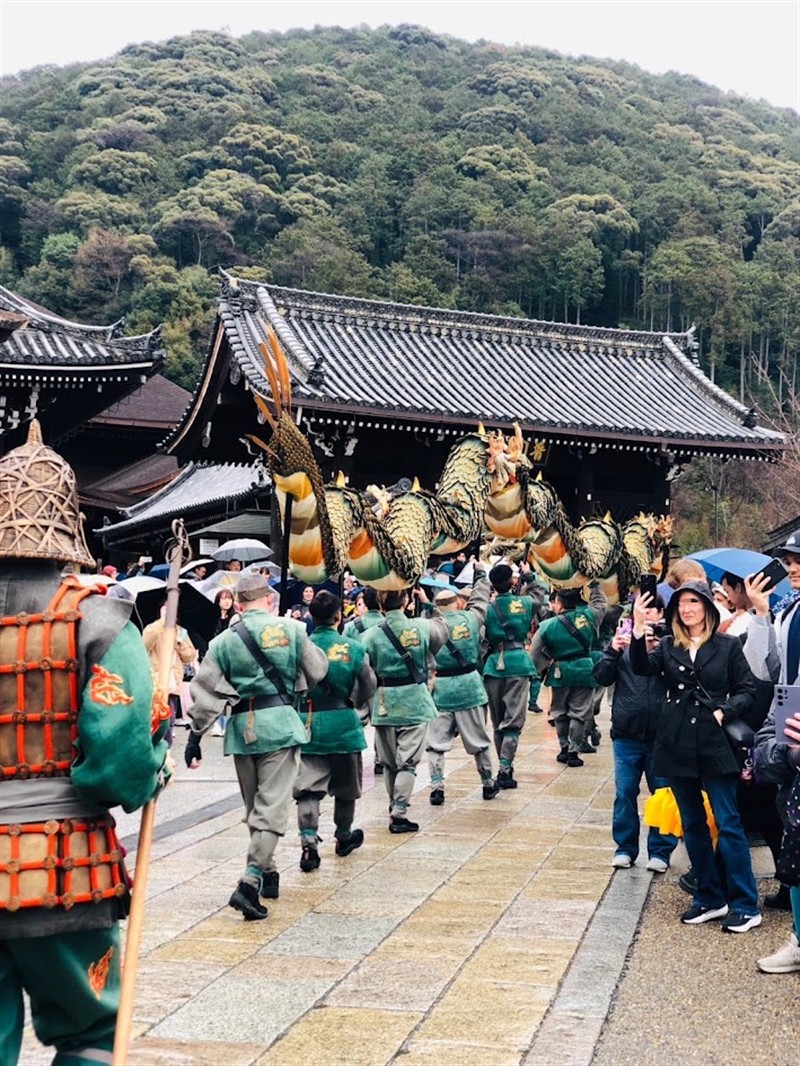
★Sannenzaka & Ninenzaka
Do you know where Sannenzaka got its name? It dates back to the 3rd year of the Daidō era (808 AD)! That’s a pretty rare era name. Because of the nearby Koyasu Pagoda at the foot of Kiyomizu-dera, which is associated with prayers for safe childbirth, the slope is also called Sanneizaka (another reading of Sannenzaka).
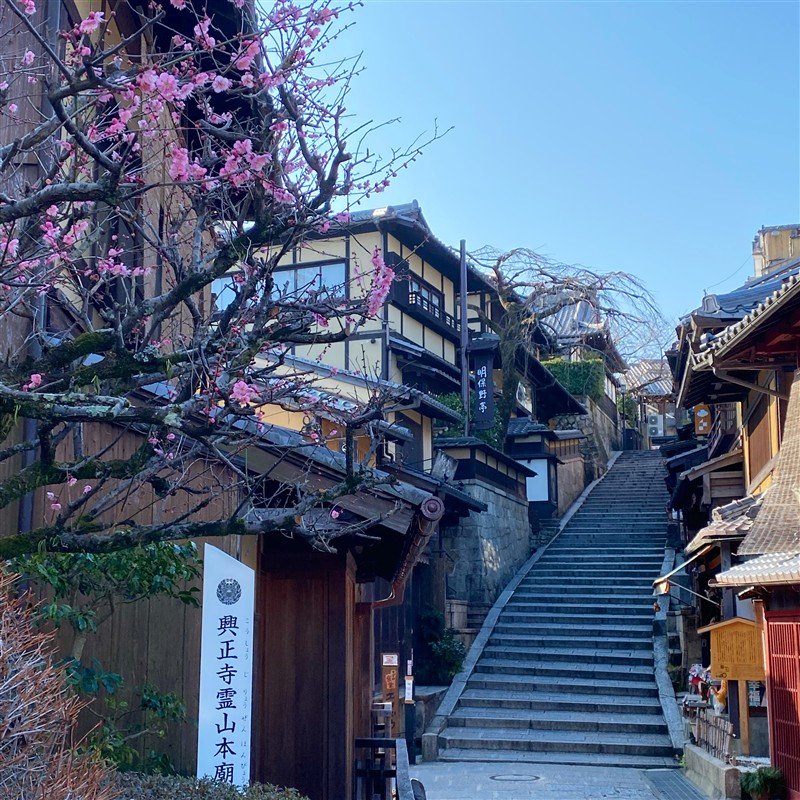
As you descend, you’ll soon come across a shop adorned with many gourds. At first, I wondered why a gourd shop would be here—but there’s a legend associated with this slope: if you fall on Sannenzaka, you’ll either die within three years or shorten your life by three years! Carrying a gourd is said to help reclaim your soul, which explains the presence of the gourd shop.
The slope just below Sannenzaka is known as Ninenzaka.
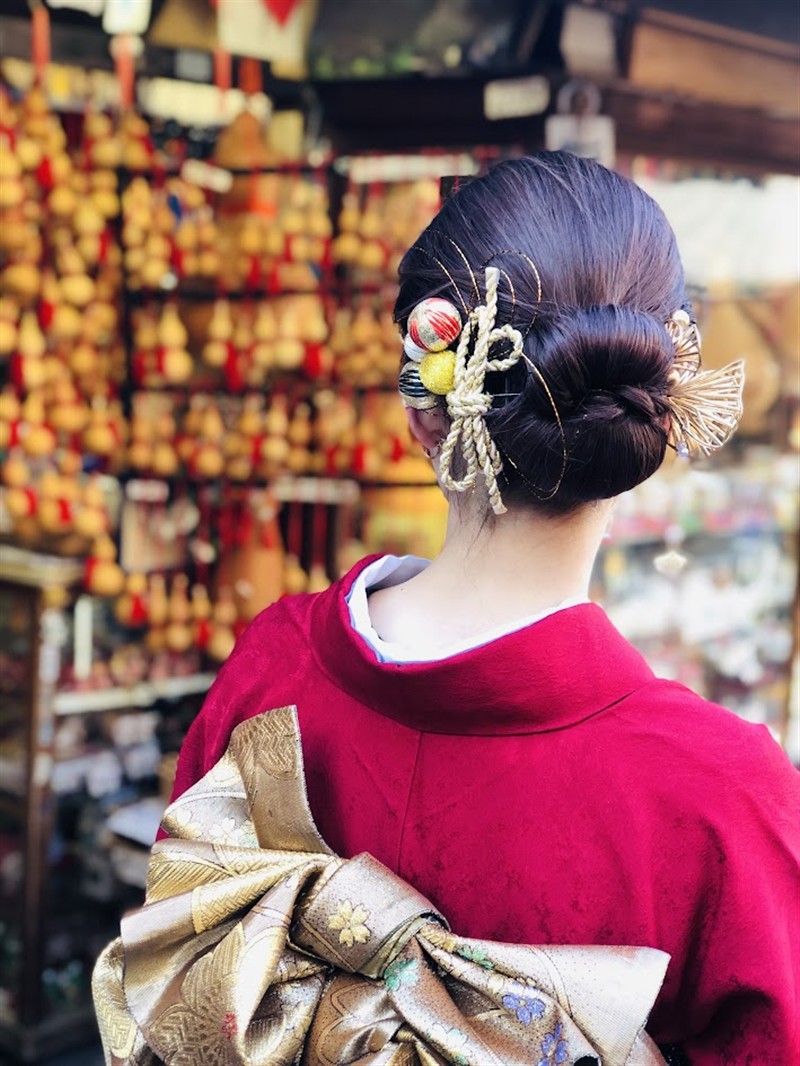
★Hōkan-ji Temple (Yasaka Pagoda)
Continue down from Sannenzaka and follow the path to find Hōkan-ji Temple, home of the iconic Yasaka Pagoda. At 46 meters tall, the pagoda is truly awe-inspiring when viewed from below. Legend says that Prince Shōtoku built it after receiving a divine vision—yet another temple built from a dream! Though it has burned down multiple times, the current pagoda was rebuilt in 1440 by Ashikaga Yoshinori. You can actually tour the inside up to the second floor, though opening days vary.
On the first floor, you’ll find statues of the Five Wisdom Buddhas (Gochi Nyorai). There’s also a folk tale from 952 AD about the pagoda leaning dangerously—until a famous Heian-period monk performed a ritual that corrected the tilt in just one day.

★Yasaka Kōshindō (Yasaka Kōshin Hall)
The same monk is also said to have established Yasaka Kōshindō. If you’re active on social media, chances are you’ve seen this place before—it’s a well-known Instagram hotspot. Be sure to pay your respects at the main hall before snapping photos.
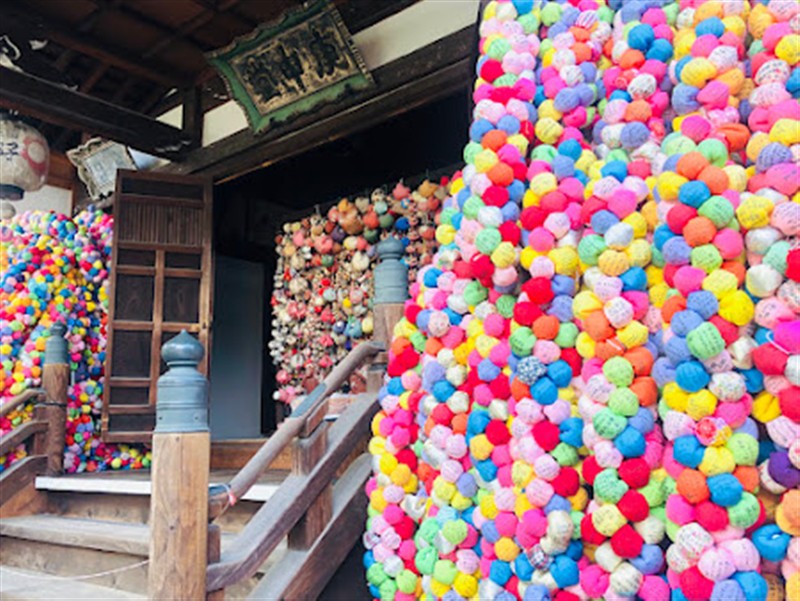
The first thing you’ll notice is the colorful temple. Inside sits Binzuru Sonja, the leading disciple of Buddha among the Sixteen Arhats. The temple is decorated with multicolored Kukurizaru charms, which resemble beanbags. The charms represent monkeys with tied hands and feet, symbolizing restraint. The idea is that by tying up your restless heart like a monkey, Kōshin-sama will grant your wish. Visitors write their wishes and hang them at the temple. Binzuru Sonja is also known as a “healing Buddha” and is called a “nodding statue” because people touch it to heal their ailments.
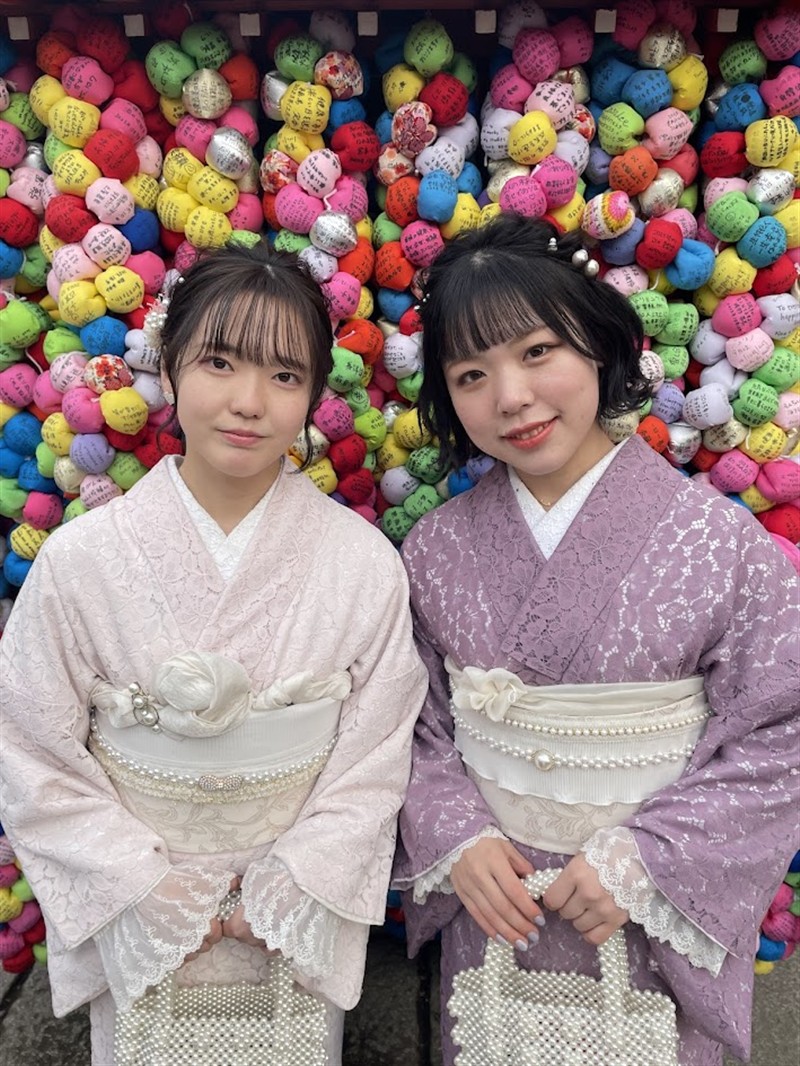
Do you know the origin of Kōshin beliefs? It's a fusion of the Chinese Daoist Sanshi theory and Japanese folk beliefs. It holds that three worms reside in the human body and leave every 60 days (on Kōshin nights) to report your sins to the deity Taishakuten—thus shortening your lifespan! The solution? Don’t sleep on Kōshin nights! Yasaka Kōshindō holds all-night prayers and serves its signature konnyaku (yam jelly dish) on these occasions. The next event is scheduled for April 21.
Interestingly, these three worms are not just slimy bugs: one looks like a Daoist priest and lives in your head, another is beast-like and lives in your stomach, and the last has a cow’s face and legs for a body (sounds like a yokai!).
The temple’s main deity is Shōmen Kongō, a fierce blue guardian who controls these three worms. His statue is unveiled only once every 60 years—the next chance will be in 2040. That’s a long 15 years to wait!
The temple also features the "Three Wise Monkeys"—see no evil, hear no evil, speak no evil—as his attendants. You’ll spot monkey motifs all over the temple, even on the entrance gate above you. I’ve walked past it many times without noticing! Try a monkey pose in front of the colorful Kukurizaru charms!
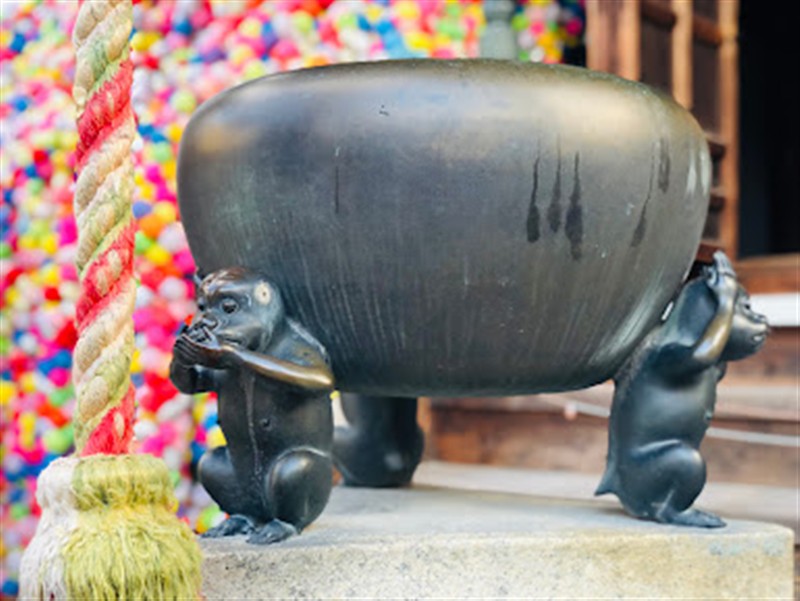
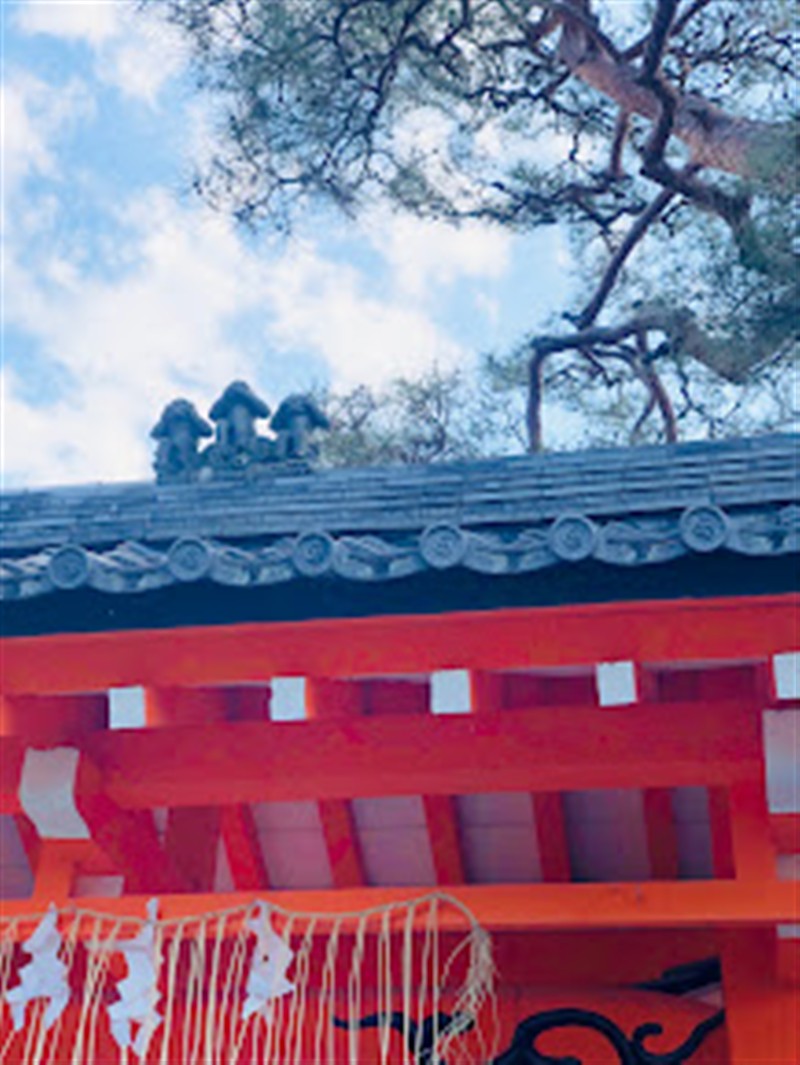
During the spring, you can also enjoy plum blossoms (full bloom was mid-March in 2025) and late-blooming cherry blossoms (expected mid-April).
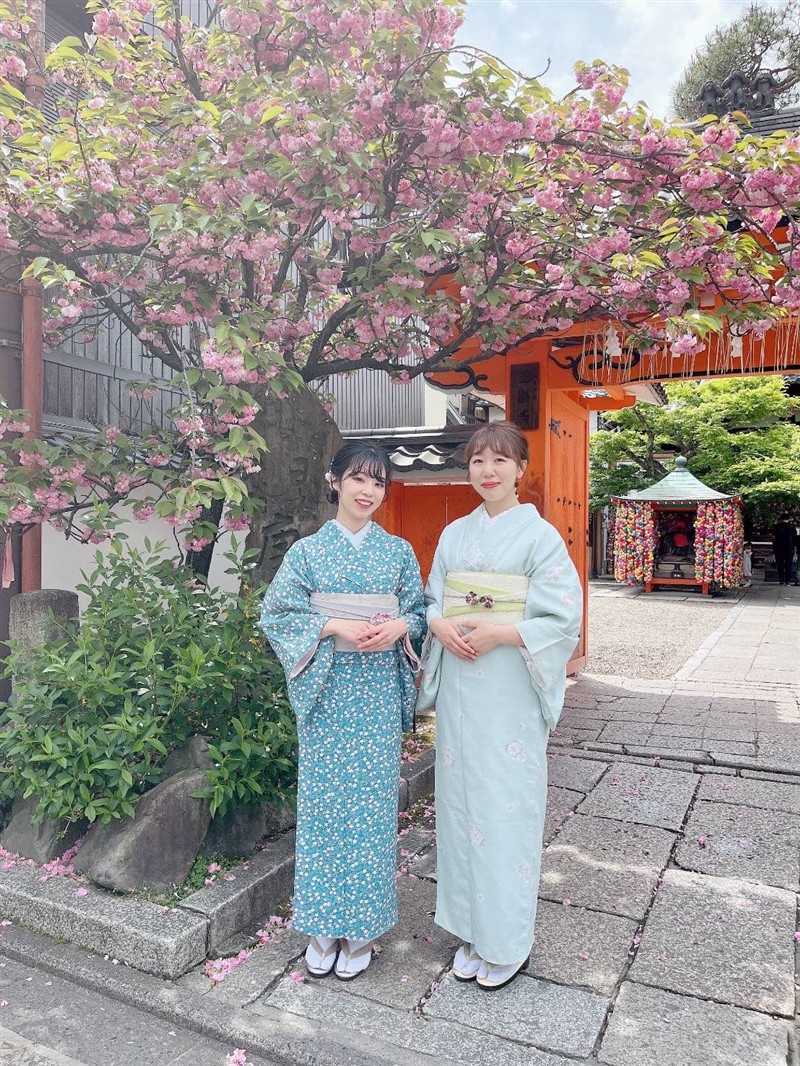
★Maruyama Park
This area was once a wild field filled with pampas grass and reeds during the Heian period. It became famous for poetry in the Kamakura period and has evolved through the ages into Kyoto’s most famous cherry blossom spot.
In spring, the park bursts into bloom, centered around the iconic Gion Weeping Cherry Tree. The trees are beautifully lit up at night, creating a dreamy atmosphere. Food stalls and hanami tea houses also appear during the peak season—nothing more elegant than sipping sake under the cherry blossoms!
Cherry Blossom Season (2025): Late March to early April (tentative)
Illumination Time: 6:00 p.m. – 10:00 p.m.
Why not try a photoshoot here using a traditional Japanese umbrella or mask? In summer, taking a photo under the willow tree in front of Hyotan Pond also gives a very "Japanese" feel.
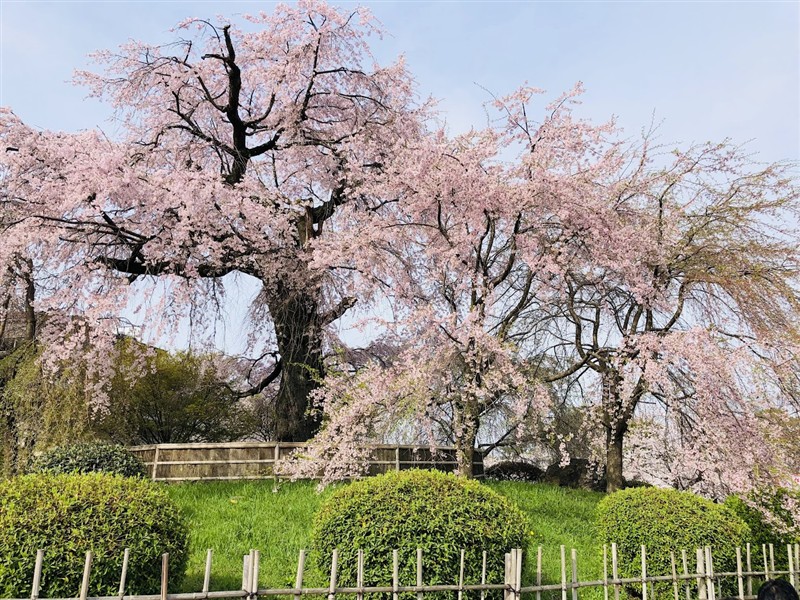
Did this give you a glimpse of the seasonal beauty in the Kiyomizu area?
We hope you’ll enjoy these spots in a beautiful kimono!
For a truly Kyoto-style memory, why not rent a kimono from Rental Kimono Okamoto and enjoy a stroll?
【Author of this article】
Rental Kimono Okamoto – Kiyomizu-dera Store
237-1-1 Kiyomizu 2-chome, Higashiyama-ku, Kyoto 605-0862
TEL: 075-525-7115
HP: www.okamoto-kimono.com
Instagram: rentalkimonookamoto
Tiktok: @rentalkimono_okamoto
Facebook: Facebook/rentalkimonookamoto
X(formerly Twitter ):@okamotokimono
lit.link: lit.link/rentalkimonookamoto
Arashiyama Shop
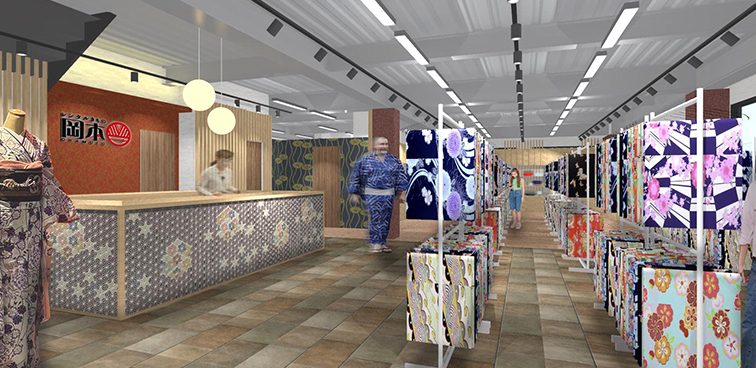
48-4 Saga Tenryuji Kitatsukurimichicho, Ukyo-ku, Kyoto 616-8374, Japan
Phone: +81-75-950-0805 / Fax: +81-75-950-0806 / E-mail: arashiyama@okamoto-kimono.com
Nearest Station: Arashiyama (Randen Line) / JR Saga-Arashiyama Station
Rental Kimono Okamoto - Fushimi Inari shop
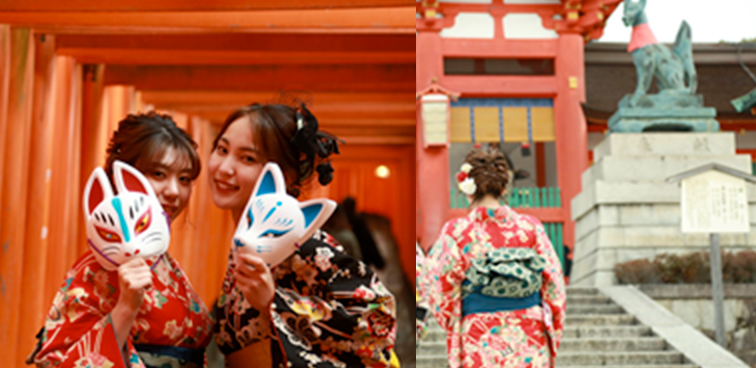
45-1, Fukakusa Inarinakanocho, Kyoto Shi Fushimi Ku, Kyoto Fu, 612-0807, Japan
Tel. +81-75-634-8900 / FAX +81-75-634-8901 / E-mail E-mail fushimiinari@okamoto-kimono.com
Nearest Station: JR Inari Station / Keihan Fushimi Inari Station
Rental Kimono Okamoto Gion Shop
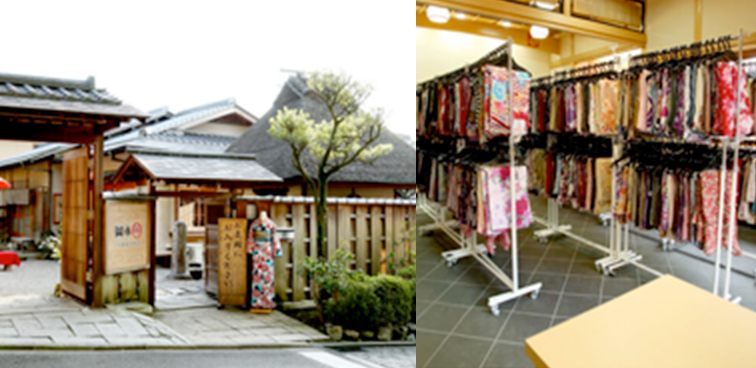
523 Washiocho, Higashiyama-ku, Kyoto 605-0072
Tel. +81-75-531-7890 / FAX +81-75-531-8383 / E-mail gion@okamoto-kimono.com
Nearest stop: City Bus Gion Stop
Rental Kimono Okamoto Kiyomizu Higashiyama Shop
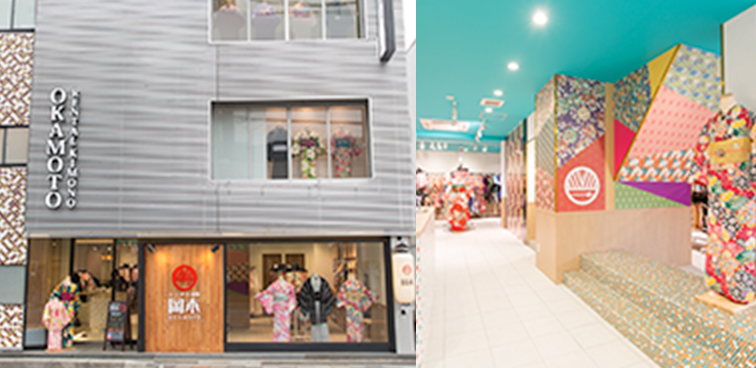
110-9 Tatsumicho, Higashiyama-ku, Kyoto 605-0855
Tel. +81-75-533-8900 / FAX +81-75-533-8910 / E-mail kiyomizuhigasiyama@okamoto-kimono.com
Nearest stop: City Bus Kiyomizumichi stop
Rental Kimono Okamoto Kiyomizu Shop
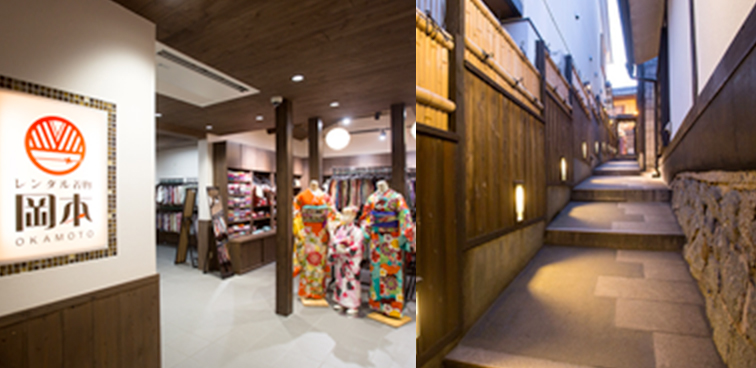
2-237-1-1 Kiyomizu, Higashiyama-ku, Kyoto 605-0862
Tel. +81-75-525-7115 / FAX +81-75-533-8960 / E-mail kiyomizuzaka@okamoto-kimono.com
Nearest stop: City Bus Kiyomizumichi stop
Rental Kimono Okamoto Main Shop
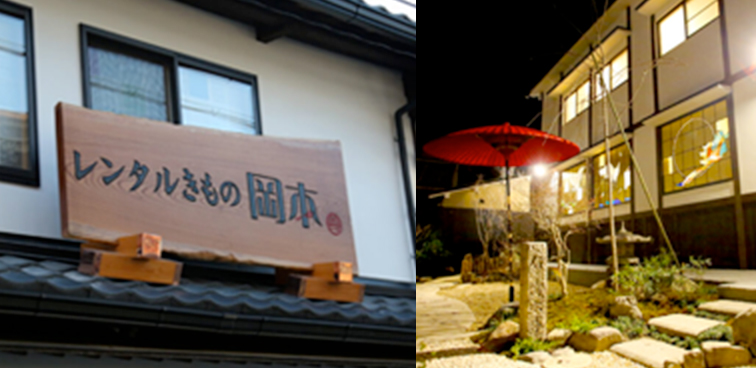
6-546-8 Gojohashihigashi, Kyoto Higashiyama-ku, Kyoto 605-0846
Tel. +81-75-532-1320 /Fax +81-75-532-1480 / E-mail honten@okamoto-kimono.com
Nearest stop: City Bus Gojozaka Stop
Rental Kimono Okamoto Yasaka Jinja Shop
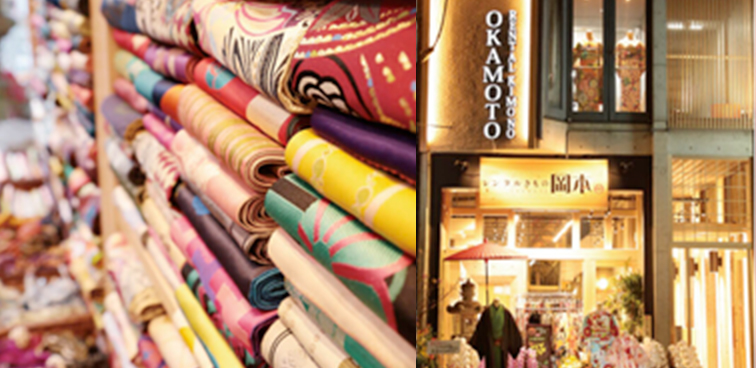
301-1 Gioncho, Higashiyama-ku, Kyoto 605-0073
Tel. +81-75-532-0510 / FAX +81-75-532-0511 / E-mail yasakajinja@okamoto-kimono.com
Nearest stop: City Bus Gion Stop
You can read articles about various information on Kyoto.
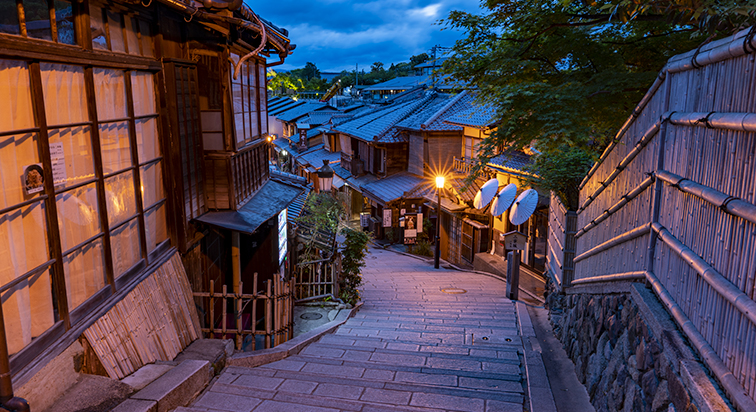
Our kyoto resident staffs post articles about history, sightseeing, regional information of Kyoto. You may enjoy sightseeing even more by deepening your knowledge through this article.
More articles introducing the area around the shop are available here.
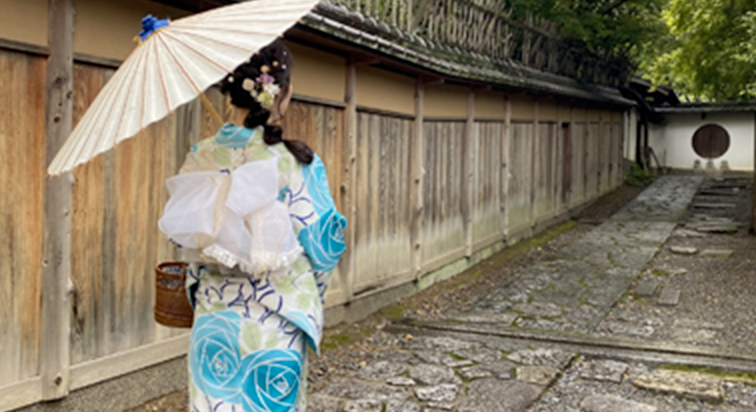
Please refer to our articles about famous tourist spots, hidden spots, and the latest information on stores in Kyoto. It is updated by our staffs who are familiar with the area.







